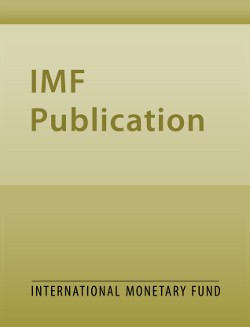
A Sentiment-Enhanced Corruption Perception Index
A Sentiment-Enhanced Corruption Perception Index
READ MORE...
Volume/Issue:
Volume 2021
Issue 192
Publication date:
ISBN:
Add to Cart by clicking price of the language and format you'd like to purchase
Available Languages and Formats
Topics covered in this book
This title contains information about the following subjects.
Click on a subject if you would like to see other titles with the same subjects.
Finance , Economics- Macroeconomics , Economics / General , sentiment analysis method , perception index , statistic department , articles' sentiment , summary statistics , Corruption , Emerging and frontier financial markets , Business environment , Global
Summary
Direct measurement of corruption is difficult due to its hidden nature, and measuring the perceptions of corruption via survey-based methods is often used as an alternative. This paper constructs a new non-survey based perceptions index for 111 countries by applying sentiment analysis to Financial Times articles over 2005–18. This sentiment-enhanced corruption perception index (SECPI) captures not only the frequncy of corruption related articles, but also the articles’ sentiment towards corruption. This index, while correlated with existing corruption perception indexes, offers some distinct advantages, including heightened sensitivity to current events (e.g., corruption investigations and elections), availability at a higher frequency, and lower costs to update. The SECPI is negatively correlated with business environment and institutional quality. Increases in the perceived incidence or scope of corruption influences economic agents’ behaviors, and thus economic dynamics. We found that when the SECPI is at least one standard deviation above the mean, the growth per capita falls by 0.65 percentage point on average, with more pronounced impacts for emerging market and low income countries.
Copyright © 2010 - 2025
Powered by:
AIDC



